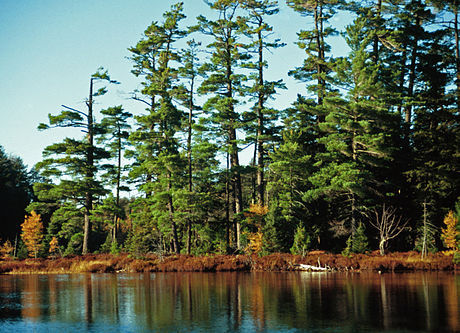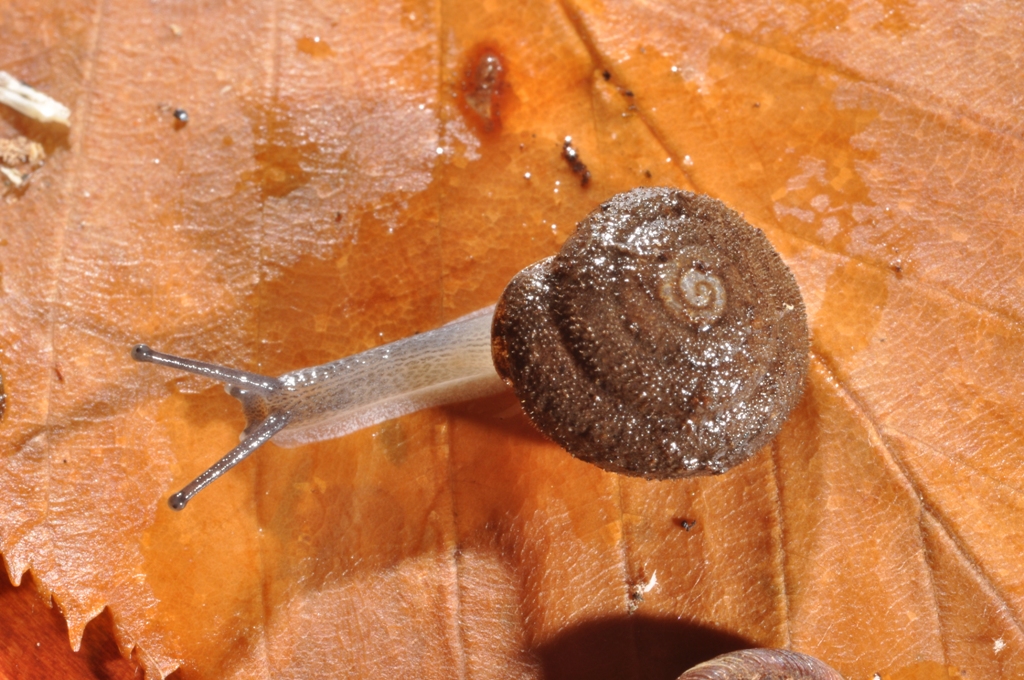Habitat
Where can you find Inflectarius edentatus? Did you know snails prefer cloudy days over sunny days? (Bourquin, 2000).
Inflectarius edentatus is a land snail that falls under the
Polygyridae family and Gastropoda class. Since there is not much
information regarding Inflectarius edentatus, many of the habitat
facts below pertain to the Polygyridae family and the Gastropoda
class. Inflectarius edentatus is found extensively throughout
North America (Auffenberg, 1989).Its
closely related relatives in the Mesodon genus
are found in spruce-fir and northern hardwood forests, river bluffs,
ravines, rock ledges on cliffs, in many states in North America, in
the Midwest, South, and even the East coast (Florida
Museum of Natural History, 2011)

Gastropods tend to stay in the same habitat for their lives
unless they are scavenging for food or a mate to reproduce with. Terrestrial
snails live in moist, shady environments because living by water
helps the snail find food and moisture prevents them from drying
out, which is a primary threat for them. They tend to live in the
same areas where oak, maple, hickory, and sycamore trees are, along
with rich and moist soil (Michigan Natural
Features Inventory, 2007). Cliffs in this environment, and
dogwood trees’ leaves and berries contain calcium which aids in the
formation and maintenance of their shells (Michigan
Natural Features Inventory, 2007).
Some threats to gastropods include forest fires, logging, mine
exploration, and herbicide/pesticide spraying (Lowe
et al., 1990). Birds and hedgehogs prey on snails, which in turn
are herbivores (Lowe et al., 1990).
Other animals that live in the same environment as Gastropods eat
other terrestrial snails, small ground rodents, snakes, insects,
salamanders, beetles, and ferns (Lowe et
al., 1990). Land snails also eat leaves, mushrooms, fruit, and many
other kinds of plant material they find (Lowe
et al., 1990). Mollusks can be infected with parasitic worms (such
as nematodes and mites) and serve as intermediate hosts for trematode worms (Lowe et al., 1990).
Now let's look at some adaptations of
Inflectarius edentatus.
